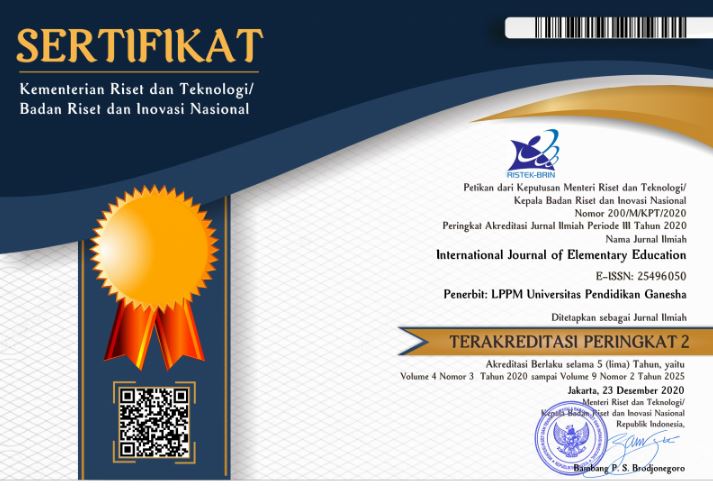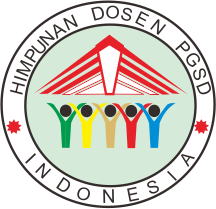Improving Reading Skills and Engagement in Pancasila Education Using QR-Code-Assisted Snowball Throwing Method
DOI:
https://doi.org/10.23887/ijee.v8i3.77968Kata Kunci:
Snowball Throwing, PBL, QR-Code, Reading Ability, Interest in ReadingAbstrak
The selection of inappropriate and uncreative teaching tools can reduce students' interest in reading, leading to difficulties in understanding material in Pancasila Education. This study aims to analyze the effectiveness and differences of the Snowball Throwing method assisted by QR-Code within the Problem-Based Learning model in improving elementary students' reading skills and interest. This research adopts a quantitative approach using a quasi-experimental design, specifically a Non-Equivalent Control Group Design. The study sample comprised 43 fifth-grade students, with 22 students in the experimental group and 21 students in the control group. Data were collected through interviews, observations, tests (pretest and posttest), and questionnaires. Data analysis included normality and homogeneity tests as prerequisites, as well as Independent T-Test and N-Gain tests to test the hypotheses. The findings reveal that the Snowball Throwing method assisted by QR-Code within the Problem-Based Learning model is effective in improving students' reading skills and interest. Furthermore, there is a significant difference between this method and conventional teaching methods, with the innovative model demonstrating better outcomes in Pancasila Education learning. In conclusion, this method offers a creative alternative to enhance the quality of education in elementary schools.
Diterbitkan
Cara Mengutip
Terbitan
Bagian
Lisensi
Hak Cipta (c) 2024 Salsa Sayyidatul Ummah, Kurotul Aeni

Artikel ini berlisensiCreative Commons Attribution-ShareAlike 4.0 International License.
Authors who publish with the International Journal of Elementary Education agree to the following terms:
- Authors retain copyright and grant the journal the right of first publication with the work simultaneously licensed under a Creative Commons Attribution License (CC BY-SA 4.0) that allows others to share the work with an acknowledgment of the work's authorship and initial publication in this journal.
- Authors are able to enter into separate, additional contractual arrangements for the non-exclusive distribution of the journal's published version of the work (e.g., post it to an institutional repository or publish it in a book), with an acknowledgment of its initial publication in this journal.
- Authors are permitted and encouraged to post their work online (e.g., in institutional repositories or on their website) prior to and during the submission process, as it can lead to productive exchanges, as well as earlier and greater citation of published work. (See The Effect of Open Access)








